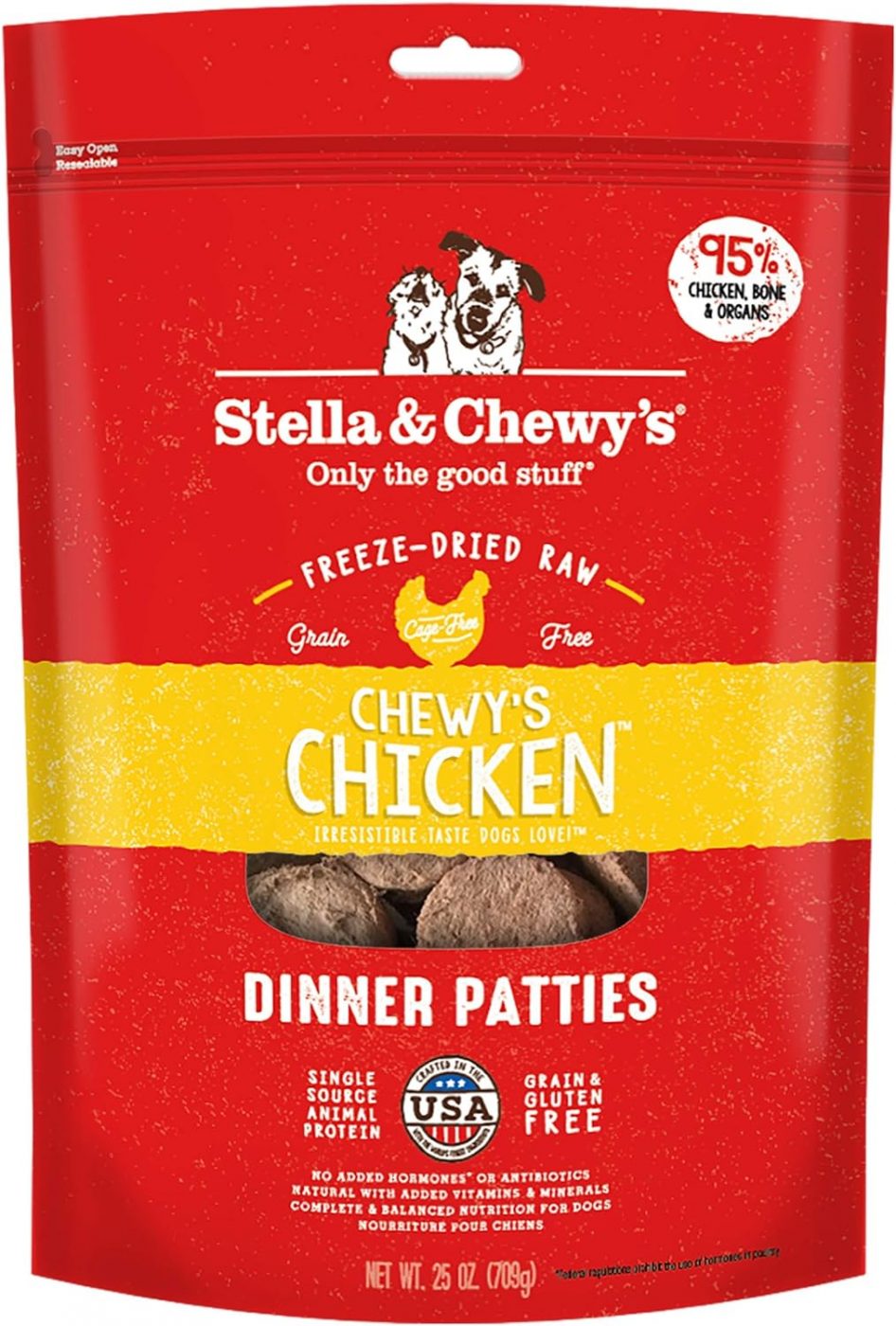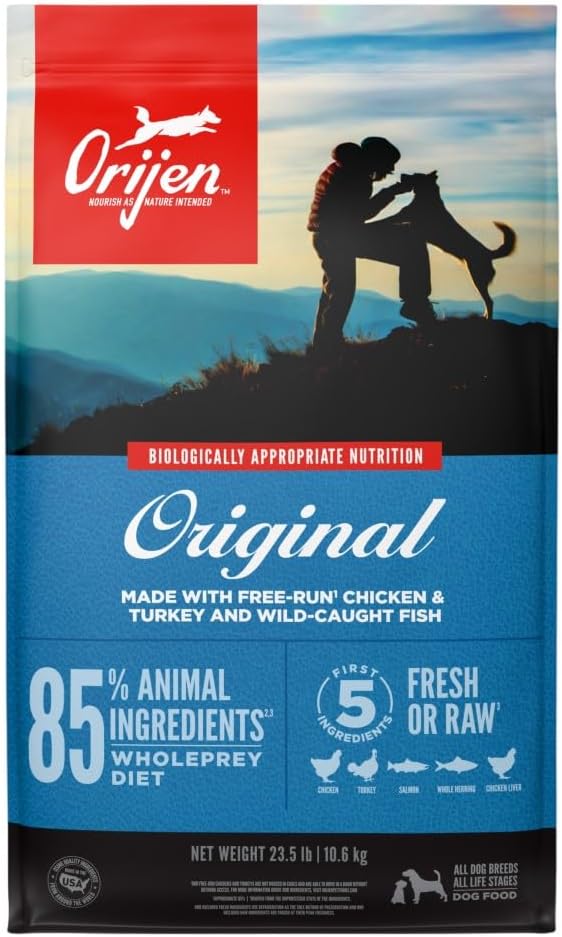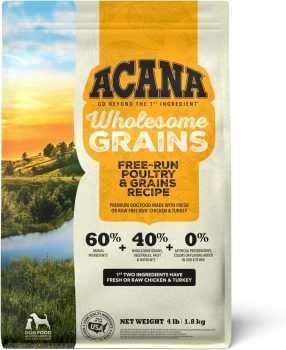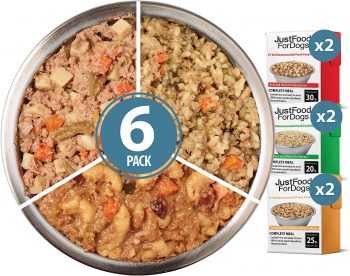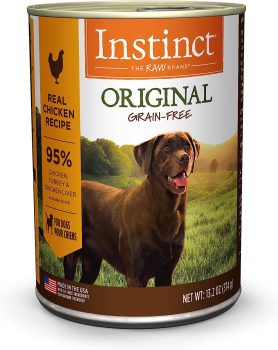[ad_1]
The Lhasa Apso, a small and independent dog breed from Tibet, is known for its playful and assertive nature. With a typical weight range of 12 to 18 pounds, feeding a Lhasa Apso may seem straightforward, but owners must consider the breed’s unique nutritional requirements and tendencies. The right balance of nutrients is critical for supporting their long, dense coat, energetic personality, and overall well-being.
1. Understanding the Nutritional Needs of Lhasa Apsos
Lhasa Apsos requires a well-balanced diet that is rich in proteins to support muscle maintenance, fats for energy, and carbohydrates for sustained vitality. Essential vitamins and minerals must also be part of their diet to ensure optimal health. Given their size, they don’t need large amounts of food, but what they do consume should be dense in nutrients.
2. Assessing Your Lhasa Apso’s Daily Caloric Needs
The average adult Lhasa Apso, with a moderate activity level, will require approximately 30 calories per pound of body weight daily. This means a 15-pound Lhasa Apso would need around 450 calories each day. However, this is a guideline, and active dogs or those with higher metabolisms may need more.
3. Calculating the Right Amount of Food
Most high-quality dog food brands provide a feeding chart based on weight. For Lhasa Apsos, the recommended daily intake is usually around ¾ to 1 cup of dry dog food. It’s important to check the calorie content of the specific food brand to ensure you’re feeding the right amount.
4. Feeding Puppies vs. Adult Lhasa Apsos
Puppy Lhasa Apsos require more frequent feedings of specially formulated puppy food to support their growth and development. Feeding can be reduced to twice daily as they approach adulthood, transitioning to adult dog food based on their age and weight.
5. The Impact of Activity Level on Feeding
An active Lhasa Apso will require more food to maintain energy levels, while a less active or older dog may need fewer calories. Adjust feeding amounts based on your dog’s lifestyle and consult your vet if you’re unsure about the right balance.
6. Special Dietary Considerations and Health Issues
Lhasa Apsos may have specific health issues that can affect their diet, such as allergies or sensitivities. Work with your veterinarian to determine if a special diet or supplements are necessary for your dog’s health.
7. The Role of Treats in Your Lhasa Apso’s Diet
While treats are an important tool for training and bonding, they should not exceed 10% of your Lhasa Apso’s daily caloric intake to avoid weight gain and nutritional imbalances.
8. Tips for Feeding a Picky Lhasa Apso
Lhasa Apsos can sometimes be picky eaters. Offering a variety of healthy foods, creating a consistent feeding schedule, and minimizing table scraps can encourage better eating habits.
9. Cost Estimates for Feeding a Lhasa Apso
The monthly cost of feeding a Lhasa Apso will vary depending on the brand and type of food you choose. Premium dog foods are more expensive, but on average, you might expect to spend between $20 to $40 per month on dry kibble for a Lhasa Apso.
Our 5 Top Foods for Lhasa Apsos
The diets were selected by our founder Justin Palmer, a certified canine nutrition expert, specifically with Lhasa Apsos in mind:
Conclusion
Feeding your Lhasa Apso the right amount of food is crucial to their health and happiness. By considering their individual needs and consulting with your vet, you can ensure that your Lhasa Apso maintains a balanced diet that supports their lifestyle. Remember, each dog is unique, and what works for one may not work for another. Regular check-ups and monitoring your Lhasa Apso’s weight and energy levels are the best ways to ensure they’re getting just what they need.
Frequently Asked Questions About Feeding a Lhasa Apso
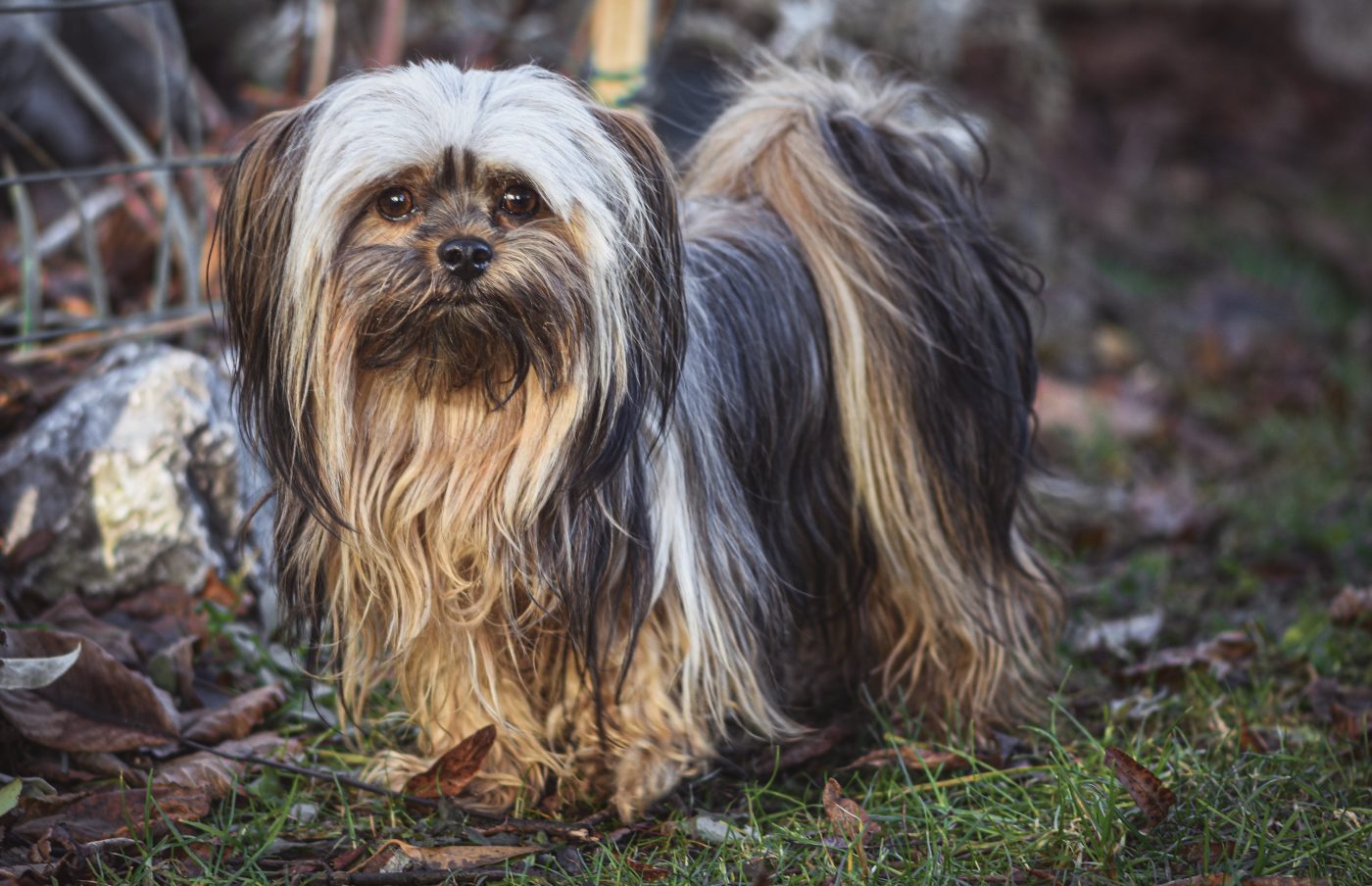
1. What is the best type of food for a Lhasa Apso?
High-quality dry dog food that is formulated for small breeds with moderate activity levels is often recommended for Lhasa Apsos. It should contain a balance of protein, carbohydrates, and fats to support their energy needs. Ensure the food is appropriate for their specific life stage (puppy, adult, senior).
2. How often should I feed my Lhasa Apso?
A Lhasa Apso should typically be fed twice a day. Puppies under six months may require three to four smaller meals spread throughout the day to support their rapid growth. Establishing a routine helps regulate their digestion and prevent overeating.
3. How do I know if I’m feeding my Lhasa Apso enough?
Monitor your Lhasa Apso’s weight and energy levels to determine if you are feeding them adequately. They should have a slight waist when viewed from above, and their ribs should not be visible but should be felt under a thin layer of flesh. Regular check-ups with your vet can also help ensure they are maintaining a healthy weight.
4. Can Lhasa Apsos eat human food?
While Lhasa Apsos can eat certain human foods, it’s important to ensure these are safe for dogs and do not contain harmful ingredients like onion, garlic, chocolate, or xylitol. Human food should be given in moderation to prevent digestive issues and nutritional imbalances.
5. How much water should a Lhasa Apso drink daily?
Lhasa Apsos should always have access to fresh, clean water. A general rule is that dogs should drink about an ounce of water per pound of body weight per day, but this can vary depending on activity level and environmental conditions.
6. Are there any foods that Lhasa Apsos should avoid?
Lhasa Apsos should avoid foods that are toxic to all dogs, such as chocolate, grapes, raisins, onions, garlic, and products containing xylitol. They should also steer clear of excessively fatty foods, bones that can splinter, and anything with caffeine.
7. What do I do if my Lhasa Apso is overweight?
If your Lhasa Apso is overweight, consult your veterinarian to create a tailored diet and exercise plan. You may need to measure their food portions accurately, reduce treats, and increase daily exercise. A slow and steady weight loss is the safest approach.
8. How should I transition my Lhasa Apso to a new food?
Transition your Lhasa Apso to a new food gradually over a period of about 7-10 days by mixing the new food with the old food in increasing amounts. This helps to prevent gastrointestinal upset and allows your pet’s digestive system to adjust.
9. Do Lhasa Apsos need special diets as they age?
As Lhasa Apsos age, their metabolism slows down and they may become less active. Senior dogs may require diets with fewer calories but more fiber and essential nutrients to support joint health and regular digestion.
10. What is the best way to feed a picky Lhasa Apso?
For a picky Lhasa Apso, try mixing a bit of wet food with their dry kibble to enhance the flavor, or add a low-sodium broth to make it more appealing. Feeding at consistent times and not leaving food out for free-feeding can also encourage picky eaters to be less finicky.
[ad_2]
Source link

